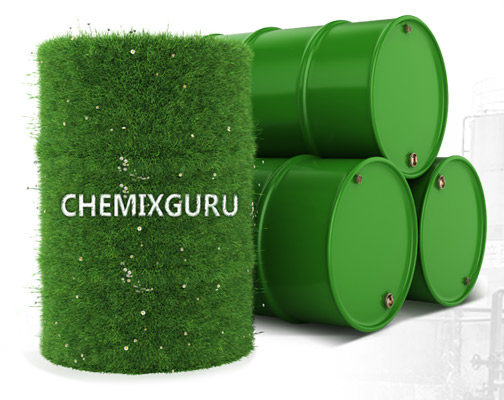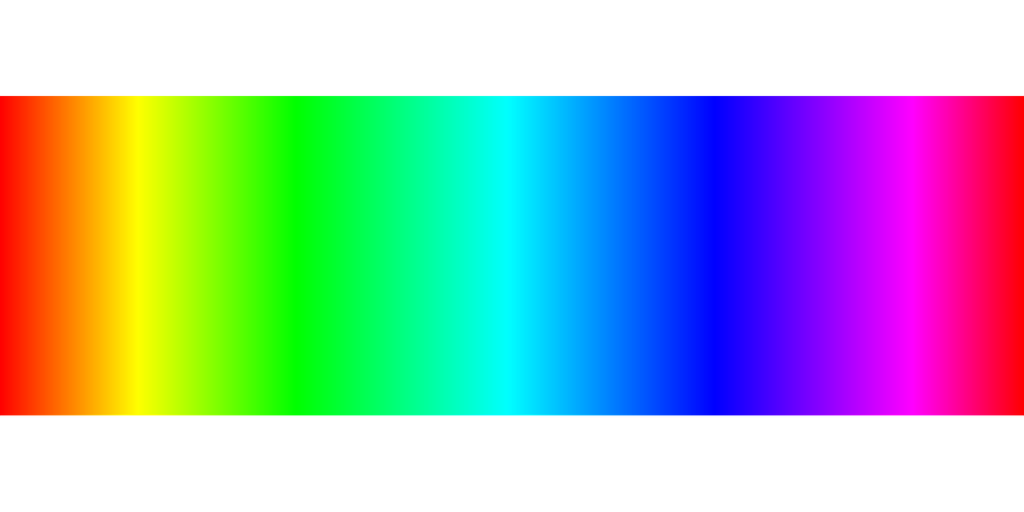UV Pressure Sensitive Adhesives
Ultraviolet curing (UV curing) technology was developed in the 1970s and it was applied to the coating industry at the beginning. In recent years, UV-curing coatings have gradually begun to replace traditional coatings. Due to the unique technology and application advantages of UV coatings, it is rapidly and widely applied to photoelectrical products, medical appliances, machinery manufacturing, metal anti-corrosion protection, and other industries. In the field, it has been regarded as a new environmentally friendly material. Thus, the market for UV curing technology has been growing in the last few years.
With the rising environmental awareness, UV curing technology is also applied to Pressure Sensitive Adhesives field and is also one of the developing green technologies on the road, and its advantages to manufacturing are the following:
- The process can be reacted at room temperature without any organic solvent (VOCs ) emission
- Reduction of energy waste ( no oven equipment needed)
- Improvement of cross-linking density
- Manufacturing process with high speed
- Easy quality control, improved production efficiency, and output required equipment small spare space… etc.
The use of ultraviolet radiation (UV) technology for the crosslinking of acrylic UV Pressure Sensitive Adhesives (PSA) is one of the various crosslinking methods and is the alternative to the conventional crosslinking process of solvent-based acrylic systems. It also requires a photoinitiator to absorb the impinging UV and induce photocrosslinking.
As previously mentioned, a photoinitiator is one of the significant and necessary components in UV-inducted crosslinking of acrylic pressure-sensitive adhesives. The photoinitiator plays an important role in UV-cross-linkable systems by generating free radicals, which will initiate the crosslinking of photoreactive adhesives. By controlling the photoinitiator and the energy of UV light, the adhesion strength can be designed for different applications depending on the users’ demand.

